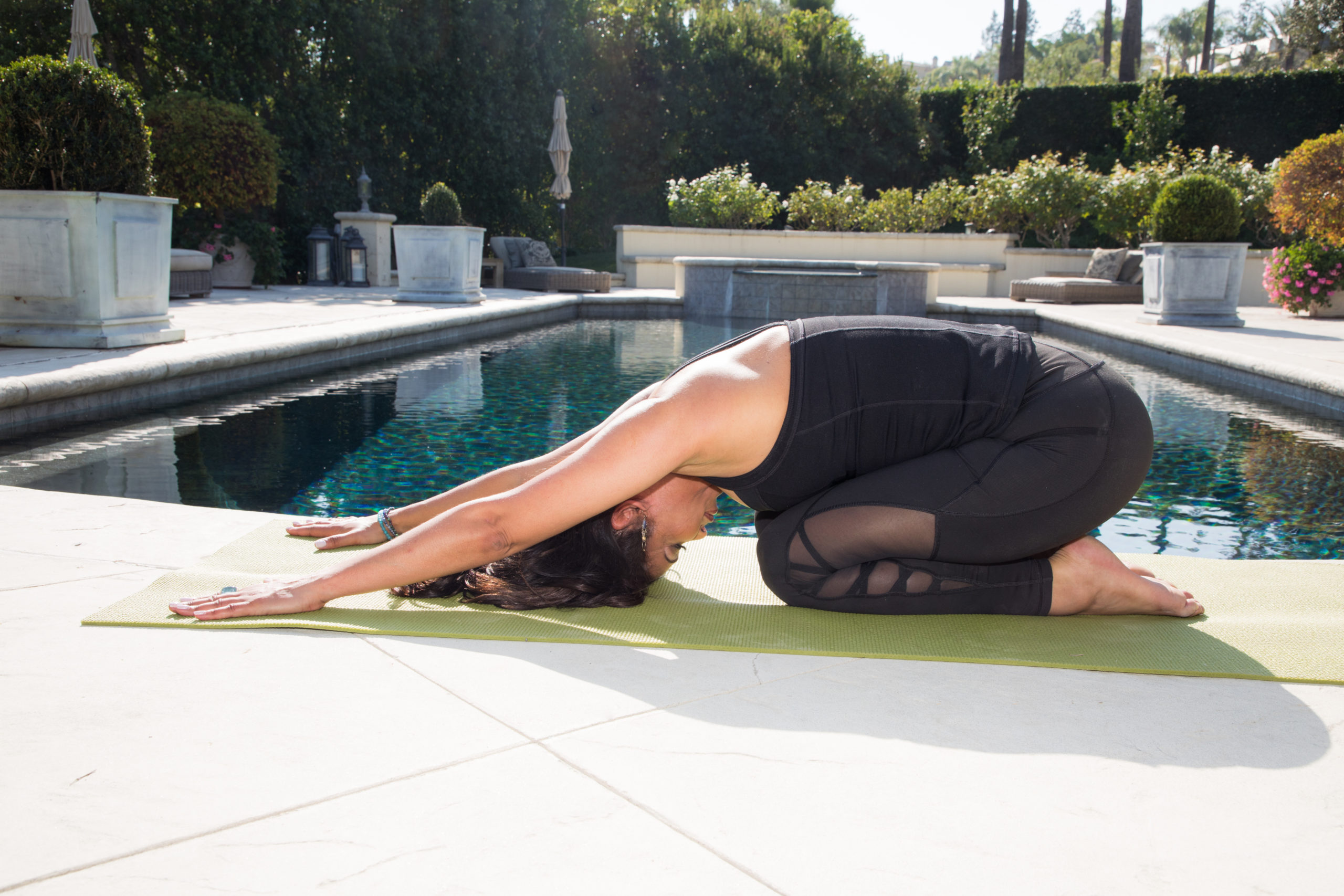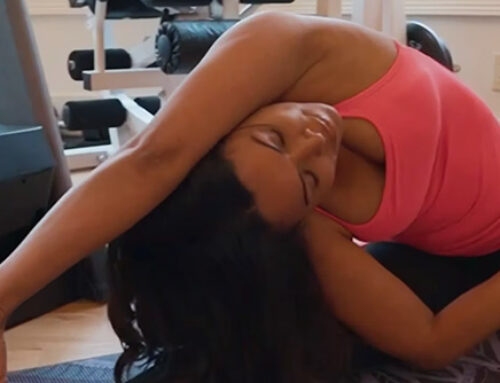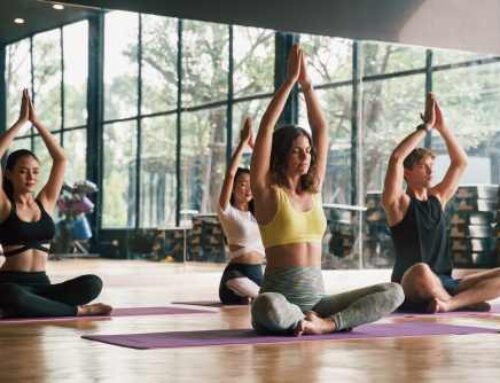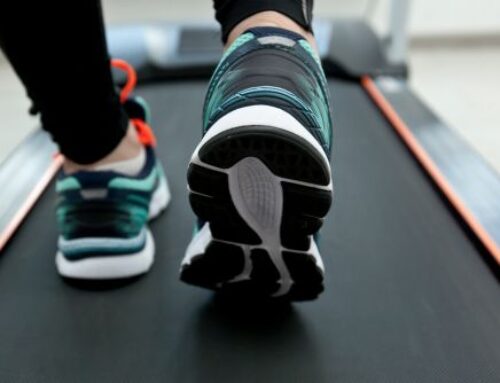Child’s Pose or Balasana is one of the most commonly practiced poses, as well as one of the most beneficial. It easily fits into many sequences and doesn’t require as much expertise compared to other poses. Even practiced by itself, Child’s Pose has amazing relaxation benefits, providing mental and emotional relief from a busy week, especially if you can breathe into the pose for an extended period or perform it supported.
As part of a sequence or part of an isolated stress-relief strategy, Child’s Pose offers physical and spiritual relaxation. Continue reading to learn what the pose can do for you as well as how to do it effectively.
Child’s Pose Benefits
Child’s Pose has some of the most potent benefits for an easy pose, particularly when it comes to reducing tension. This pose helps you treat mild stress and anxiety by releasing tension throughout major muscle groups as you stretch and lengthen your spine.
These muscles include those in your back, chest, and shoulders, which are major areas for holding tension. You also get a nice stretch in your hips and thighs, which improves circulation and flexibility. The increase in blood flow, the stretch in your spine, and the overall openness of Child’s Pose gives your body a sense of balanced calm.
Those with pelvic floor dysfunction can also benefit from the pose’s open, tension-releasing position, which prompts you to adopt deeper, heavier breathing. This technique (called “diaphragmatic breathing”) can do wonders to reduce blood pressure and relax chronically tightened muscles.
How to Do the Pose
Child’s Pose begins in a kneeling position, with your weight sitting on your heels. Move your feet together under your hips facing top down so that your big toes touch. Spread your knees as wide as your hips.
As you exhale, drop your torso and feel your tailbone lift up and back. At the same time, let your head lengthen from your neck towards the floor. Your hands should be stretched out in front of you with your palms on the floor, your shoulders widening and releasing. Your head should be resting close to your body with your back rounded.
Child’s Pose encourages restful relaxation. You can remain in the pose for one to three minutes, deeply breathing back into your pelvis and feeling your shoulder blades spread with each inhale. This will create a “dome” shape in your back that lengthens and expands towards the ceiling and releases when you breathe back out.
The Breathing Connection
This deep breathing is very healthy! Deep breathing that expands your diaphragm and opens your hips provides health benefits all on its own. These include improving energy and digestion, supporting good posture, relieving pain and stress, and improving your body’s immunity. Child’s Pose is a great way to practice this style of breathing because your body naturally expands and releases in this position.
This is why I recommend Child’s Pose even when not part of a yoga routine. The benefits of deep breathing and relaxation can be felt by practicing the pose on its own. Your goal should be to breathe as much like this as possible even when not in the pose. When I’m sitting at work or driving home, I often imagine myself in the pose, how my ribs, diaphragm, back, and hips feel, and try to breathe like that a few times.
This practice makes a great addition to any weekly relaxation routine.
The Takeaway
Child’s Pose offers its practitioners many physical health benefits, including opening the hips and lengthening the tailbone. This pose comes highly recommended for people with pelvic tension or congestion, as well as generalized anxiety. It provides easy transitions to and from other poses with several minutes of relaxing deep breathing.
In fact, even people who don’t consider themselves yogis could use this pose by itself to down-train a stressed pelvis, open their shoulders, and encourage healthier breathing. Balasana is one of the most relaxing poses you can do, as well as being one of the easiest to pull off. It’s ideal for taking a hectic week and … letting it breathe.





Leave A Comment